Journey on Tokaido in Kansai 1: Kuwana-Yokkaichi
The Tokaido is the ancient highway that once connected Tokyo and Kyoto. People of every class walked this road; emperors, samurai, and pilgrims journeying to sacred Ise Jingu. Though so many things have changed since old times, you can still hike the Tokaido! There are many hidden historic gems, traditional shops, as well as the sprawling Japanese countryside.
Journey on the Kansai Tokaido 1: Kuwana-Yokkaichi
The Beginning of the Tokaido
The starting point of the Tokaido in our Kansai region is Kuwana in Mie Prefecture. At first, we thought it would be better to start from Nagoya, but Tokaido does not exist between Nagoya, or more specifically Miya-juku, and Kuwana as there are three huge rivers: the Kisogawa River, the Nagaragawa River, and the Ibigawa River (collectively known as the Three Kiso Rivers) in between.
In those times, it was common for people to take a ferry, called a Shichiri no Watashi between Kuwana and Nagoya. As the name suggests, it was roughly a 21km ( lit shichiri) boat ride across Ise Bay, instead of those three rivers.
Since now we do not have the option of taking a ferry anymore, we concluded it best to start our journey from Kuwana and then we walk all the way to Kyoto and Osaka!
Tokaido Post Town: Kuwana-juku
From Kuwana Station, the former Shichiri no Watashi Port along the Ibigawa River is 20 minutes away.
As previously mentioned, the Three Kiso Rivers frequently flooded in the past, resulting in many changes since the Edo Period. The only thing that is still here is the huge torii of Ise Jingu and the watchtower, Banryu-yagura, which was a part of Kuwana Castle.


The reason why the torii of Ise Jingu is here is that many people walked Tokaido to go to Ise Jingu in Edo Period. Indeed, Ise Jingu is almost there from Kuwana.

Kuwana-juku is the 42nd post town on the Tokaido. Once there were as many as 120 inns (hatago) in this town, making it the second biggest post town along the entire highway.
Kuwana was popular for Hamaguri, a kind of hard clam, and there are still several restaurants where you can enjoy them.
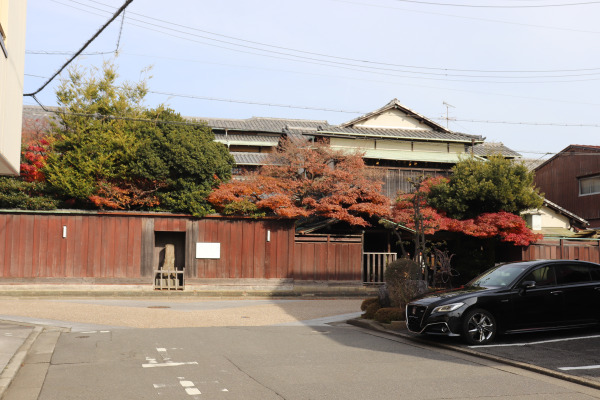
The Tokaido goes through this post town and heads south towards Yokkaichi.


The former site of Kuwana Castle is also on the Tokaido. After the Battle of Sekigahara, Honda Tadakatsu, one of Tokugawa’s most powerful generals, governed Kuwana. His six-story castle stood surrounded by motes that used water from the Ibigawa River.
Unfortunately, there isn’t really anything left of the castle; no keeps or turrets–even the motes are gone. Today the castle grounds are a park that is famous for its beautiful cherry blossoms.


Kuwana – Tomida
After Kuwana-juku, the Tokaido goes south to Yokkaichi-juku. While these old “Kaido” roads are often very straight, this particular area is pretty twisty– probably because of the now long-gone castle. In castle districts, straight roads are a poor idea, as they can lead an invading army right to the front door!
It is only 10km to Yokkaichi, but there are many temples and shrines to see!


Tateba is located between post towns and it was the place where people used to take a break or grabbed a quick meal in tea houses.
There were actually five tateba just between Kuwana and Yokkaichi, where you could eat clams.
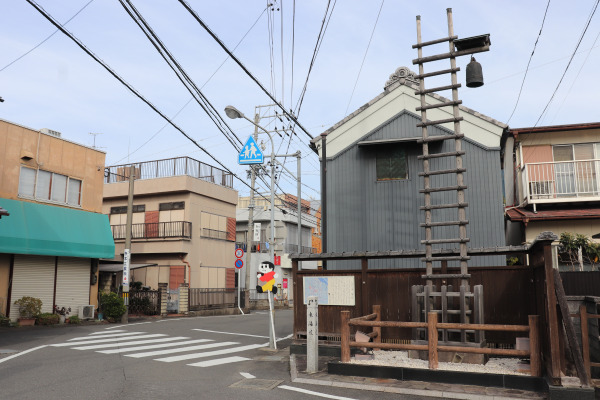


After the Inabe River is Asahi Town. The name Asahi comes from the fact that he saw the asahi, or morning sun, when Emperor Tenmu walked down the Tokaido during the Jinshin War.
Asahi Town is actually the smallest town in Mie Prefecture, so it takes only an hour or so to go through the city.



Toakido Post Town: Tomida
Tomida is a part of Yokkaichi City. It used to be a small town with a few inns between post towns. Now it is a bed town for people working in Yokkaichi and Nagoya. Tomida is also famous for clams too. In fact, Tomida was a part of Kuwana, and many of the clams in Kuwana came from Tomida. Sadly, we couldn’t find any places inTomida where you can eat clams.

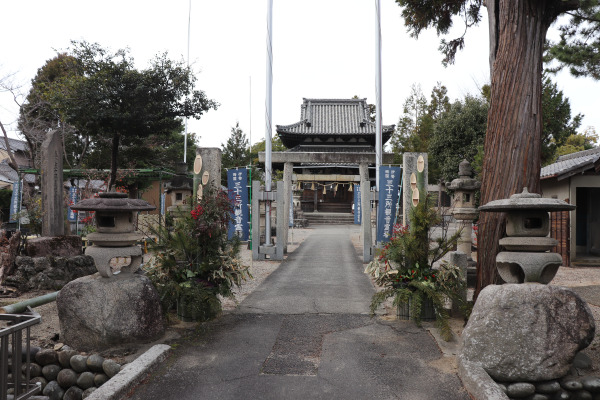


Near Tomida Station is Toride Shrine, which enshrines Yamato Takeru. The shrine is famous for its whale fishing festival in which a mikoshi shaped like a boat chases a wooden whale.

Almost to Yokkaichi!
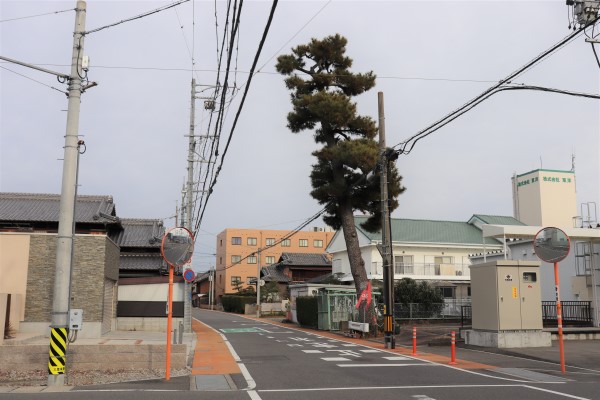
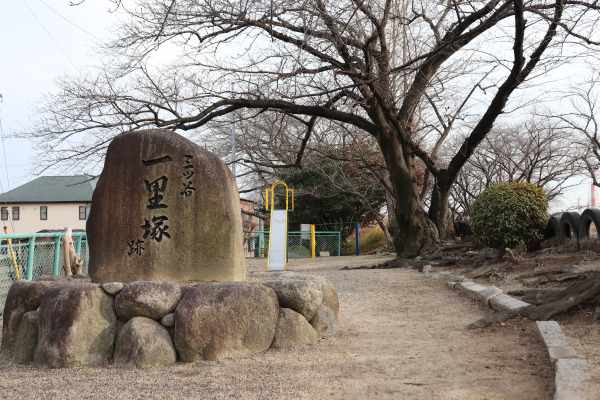

Tokaido Post Town: Yokkaichi-juku
From the former site of the Mitsuya Milestone, after crossing several rivers, it is Yokkaichi. Yokkaichi is the biggest city in Mie Prefecture though Tsu is the capital of the prefecture. Also, around the bay area is the Yokkaichi Industrial Complex with a lot of petrochemical processing facilities.
Yokkaichi-juku was the 43rd post town of the Tokaido and it was quite large with as many as 98, two honjin and one waki-honjin. Indeed, the town thrives even today. Tokaido goes through Suwamae Shopping Street and Suwa Shrine. It is not rare to see old roads like Kaido become shopping streets, since those roads went go through the center of a city.



With only 10km under our belts today, it was a relatively short walk. But it was definitely fun to walk somewhere we never have been before. Yokkaichi has both Kintetsu and JR lines, though Kintetsu is significantly bigger than JR. It is only two hours to Osaka and 45 minutes to Nagoya by Kintetsu, while JR is really inconvenient. To be honest, Mie Prefecture always centers on the Kintetsu Line.
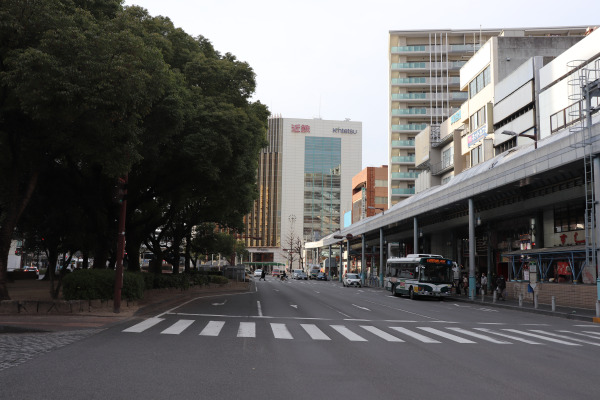
Before leaving, make sure to buy Nagamochi, which is the most popular souvenir from Yokkaichi. This has been for 400 years!



Leave a Reply